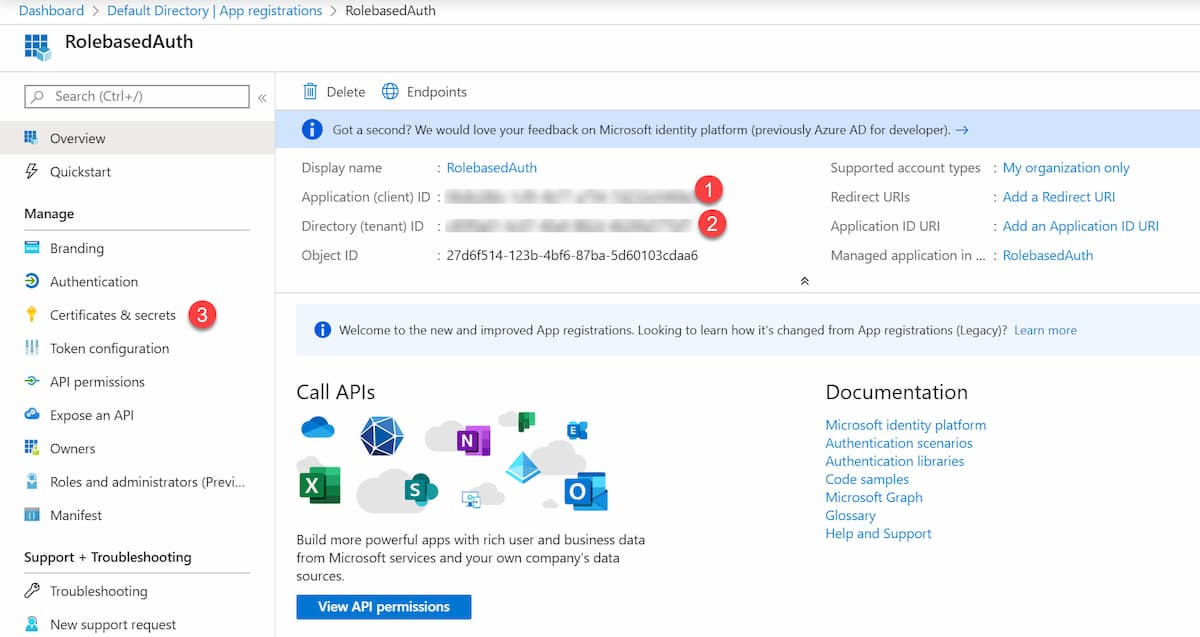Simulating Different Scenarios Using Fake JSON Server API Paid Members Public
How many times have you had to update the API code to return an empty list or throw an error to test edge case scenarios? How do you demo these different API scenarios to someone? The pages and components of our application have different states. Most of these states depend

Let Azure Manage The Username and Password Of Your SQL Connection String Paid Members Public
Use Azure Managed Identities feature to connect to Azure SQL. One less sensitive information to manage.

Azure Managed Service Identity And Local Development Paid Members Public
One of the common challenges when building cloud applications is managing credentials for authenticating to cloud services. The Managed Service Identity feature of Azure AD provides an automatically managed identity in Azure AD. This identity helps authenticate with cloud service that supports Azure AD authentication. In a previous post, we

Setting Up Cypress + React App + JSON Server + TypeScript Paid Members Public
For the past couple of weeks, I have been playing around with Cypress and been enjoying the experience. Cypress is a next-generation front end testing tool built for the modern web. It is the next generation Selenium and enables to write tests faster, easier, and reliable. In this post, let&

Setting Up A Fake REST API Using JSON Server Paid Members Public
JSON Server is a great way to set up a full fake REST API for front-end development. JSON server can be set up literally in '30 seconds' and with no coding as the website claims. Capture some of the real API's data if it already exists

Don't Let Entity Framework Fool Your Constructors! Paid Members Public
Any state that an object can be in must be representable through the class constructor.

DefaultAzureCredential: Unifying How We Get Azure AD Token Paid Members Public
The DefaultAzureCredential is appropriate for most scenarios where the application is intended to ultimately be run in Azure. DefaultAzureCredential combines credentials that are commonly used to authenticate when deployed, with credentials that are used to authenticate in a development environment.

Back To Basics: Constructors and Enforcing Invariants Paid Members Public
In C# or any class-based object-oriented language, a Constructor is used to create an object. The constructor is responsible for initializing the object's data members and establishing the class invariants. A constructor fails and throws an exception when the class invariants are not met. An invariant is an